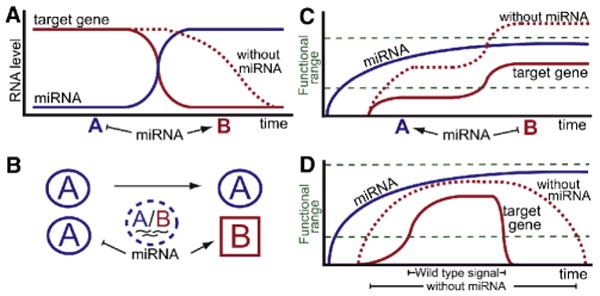Figure 1. miRNAs cause mRNA decay or prevent mRNA accumulation.

(A) miRNAs clear pre-existing target mRNAs. In the absence of miRNAs, target mRNA levels remain high for an extended period of time, or in a larger spatial domain. Blue A and red B are two different stages of development (A, C and D) or two cell types (B). (B) Restricted expression of miRNAs controls the expression of target genes in a subset of cells. (C) miRNAs prevent premature expression of de novo transcribed target mRNA. In the absence of miRNA, higher levels of mRNA are reached rapidly. (D) miRNAs that target transcripts for rapid degradation can shape signaling dynamics. In the absence of miRNA, the persistence of target transcripts will increase and prolong their activities as signaling effectors or agonists, blurring the spatiotemporal “shape” of signaling output and diminishing the resolution of dose-dependent regulation. In the presence of miRNA, the transcriptional dynamics of the target transcripts determine signaling output more precisely, allowing more accurate interpretation of concentration- and duration-dependent thresholds.
